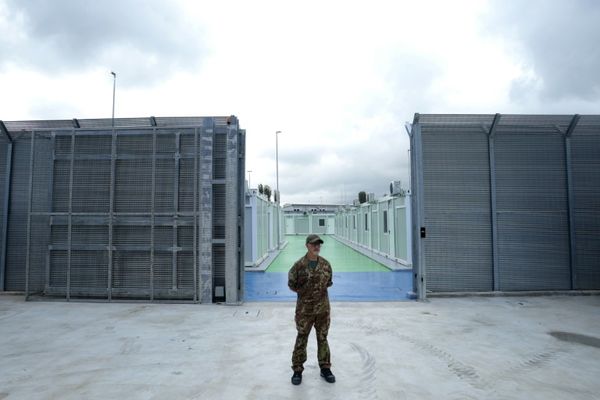
The Ecuadorean Geophysical Institute on Tuesday detected a column of gases and ashes rising from the crater of the Cotopaxi volcano, as part of its ongoing eruptive activity, affecting several areas of capital city Quito with volcanic ash.
The Cotopaxi volcano, a 5,897-meter-high (19,347-foot-high), snow-capped mountain located in the city of Latacunga, south of Quito, resumed its eruptive activity in late October at a low-intensity level, with volcanic gas emissions and ash clouds.
The volcano's last eruptive activity took place between August and December 2015.
The ash cloud reached up to 1,100 meters (3,610 feet) above the volcano's crater level and, due to wind, it moved to several points south of Quito, according to the Geophysical Institute.
Ecuador's Risk Management service said on its Twitter account that ash fall was light in affected areas, including Quito.
The capital's airport operated normally on Tuesday, and said on its Twitter account that the ash fall had so far not affected its operations.
Authorities are permanently monitoring Cotapaxi, which is one of the active volcanoes located throughout Ecuador and in the Galapagos Islands.
Cotopaxi is considered one of the most dangerous volcanoes in the world due to elements such as the frequency of its eruptions, its eruptive pattern and the number of populations potentially exposed to its threats, the Geophysical Institute said.
(Reporting by Alexandra Valencia; editing by Jonathan Oatis)







